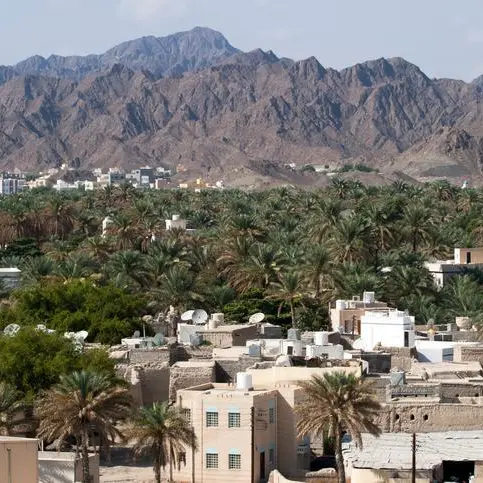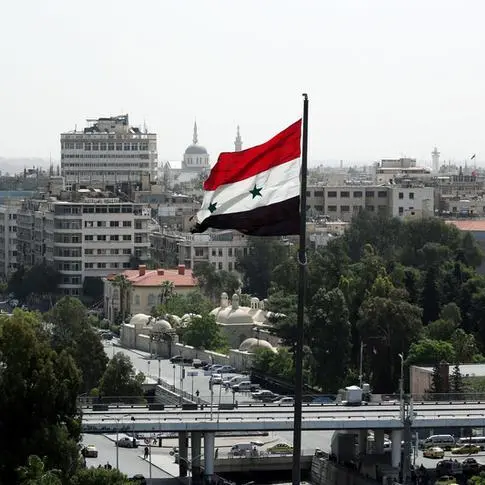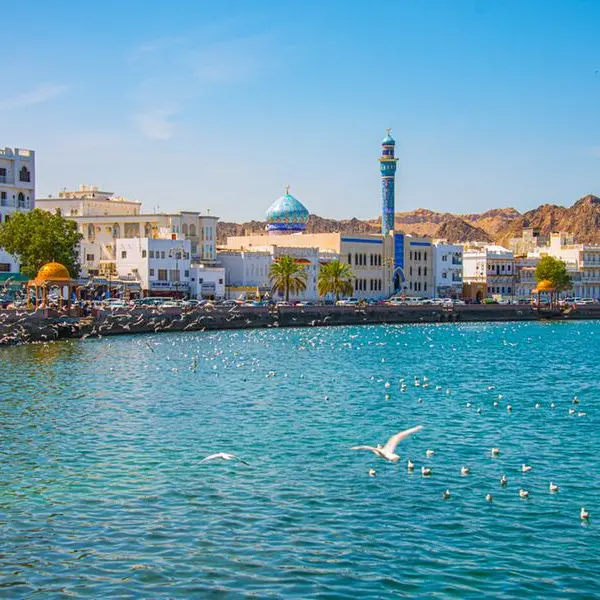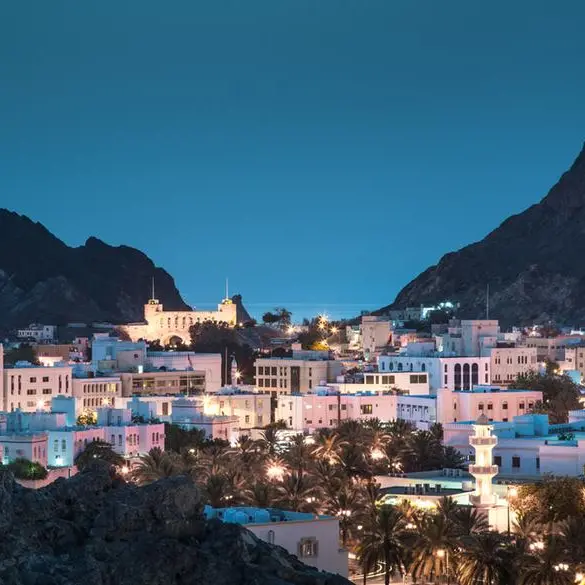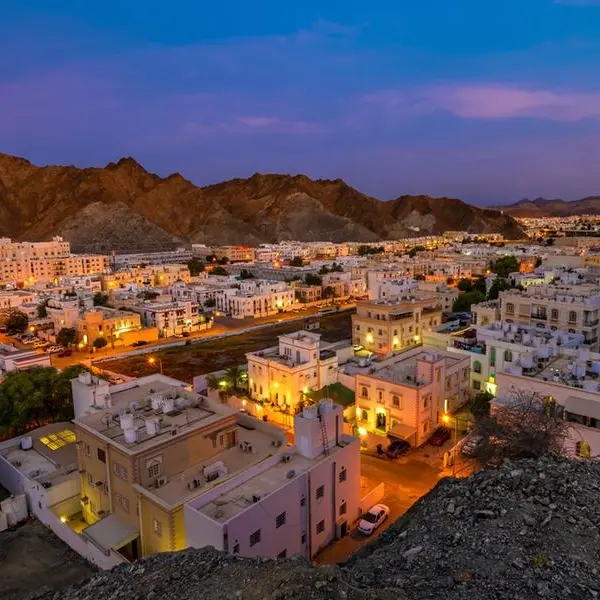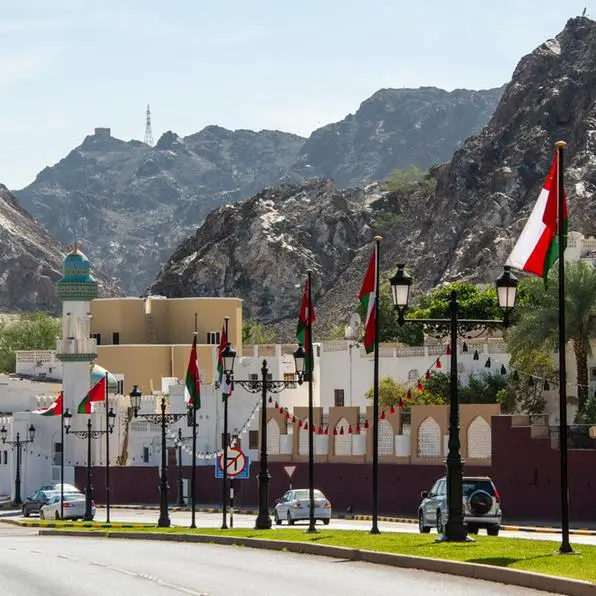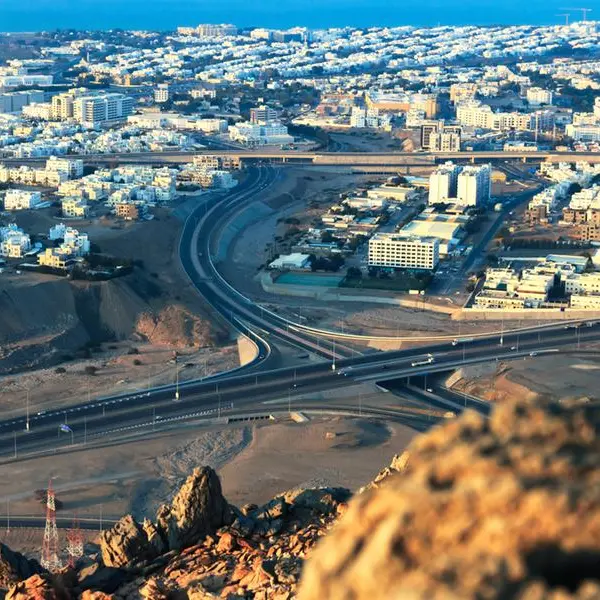Dr. Said bin Muhammad al Saqri, Minister of Economy, has said that that the economic cooperation between Saudi Arabia and the Sultanate of Oman, has increased since the establishment of the Saudi-Omani Coordination Council in July.
In an interview with a Saudi publication, Asharq al Awasat, he said, "The 'Oman Vision 2040' and 'Kingdom’s Vision 2030' seek to diversify the economy, reduce dependence on oil, create conditions for the private sector and investors to have a greater role in providing job opportunities, as well as seeking to attract foreign direct investment among others."
Saqri called for improving the maritime link between Saudi Arabia and Oman by transferring oil and gas exports in the region to the Arabian Sea through the Sultanate of Oman without passing through the Strait of Hormuz.
"Two countries are seeking to accelerate and increase the volume of trade and investment exchange between them through joint strategic projects, increasing investment opportunities, and offering more joint projects and mutual investments in various sectors," the report quoting the minister said.
As it will reduce the travel time between two countries by 800k and the need to cross the neighbouring countries, the direct road link between the Sultanate and the Kingdom will contribute to facilitating trade exchange and transporting goods in a shorter time and at a lower cost, which will open the way for Saudi goods to enter the Sultanate and also access the Omani ports for exports to the rest of the world.
It will also facilitate the passage of pilgrims and tourists between the two countries, besides linking the city of Duqm in Oman with NEOM in Saudi Arabia. The new land route will help Omani goods to access the Saudi ports located in the Red Sea for exports to the rest of the world.
"The Sultanate launched the construction of the Industrial City project in the Wilayat of Ibri in Al Dhahirah Governorate in 2020, with a total area of ??10 million square meters. It is an important project and is located on the road leading to the crossing between the Sultanate and the Kingdom."
The volume of trade exchange between the Sultanate and the Kingdom increased by the end of 2020 to $2.5 billion, compared to about $1.4 billion in 2010, while the number of Saudi companies in the Sultanate increased to 1,235 in 2021, compared to 467 companies in 2010.
The Strait of Hormuz is the main route for oil and gas exports in the region, and there is no doubt that the existence of a vital port for the transfer of oil and gas pipelines to the Arabian Sea through the Sultanate of Oman has become of paramount strategic importance.
Riyadh: The Sultanate of Oman and the Kingdom of Saudi Arabia (KSA) signed two memoranda of understanding (MoUs) in the fields of land and air transportation.
The MoUs were signed on Monday on the sidelines of the Omani delegation’s visit to the KSA.
The MoU on land transport was signed by Eng Said Hamoud al Maawali, Minister of Transport, Communications and Information Technology and Eng Saleh Nasser al Jaser, Minister of Transport and Logistic Services in the KSA.
Moreover, the MoU on air transport was signed by Naif Ali al Abri, Chairman of the Civil Aviation Authority (CAA) and Eng Abdulaziz al Duailej, President of the General Authority of Civil Aviation (GACA) in the KSA.
The two MoUs agreed on sharing scientific and professional information between the two countries in order to enhance technical spheres and to boost logistic cooperation.
The MoUs will also increase mutual visits between engineers, experts, and professional technicians in the fields of land roads and air navigation.
Moreover, the MoUs also agreed on conducting seminars and joint meetings, as well as training engineers, experts, and professionals.
The MoUs also agreed on utilizing the geographical areas of the two countries to serve the joint logistical interests.
2021 © All right reserved for Oman Establishment for Press, Publication and Advertising (OEPPA) Provided by SyndiGate Media Inc. (Syndigate.info).

